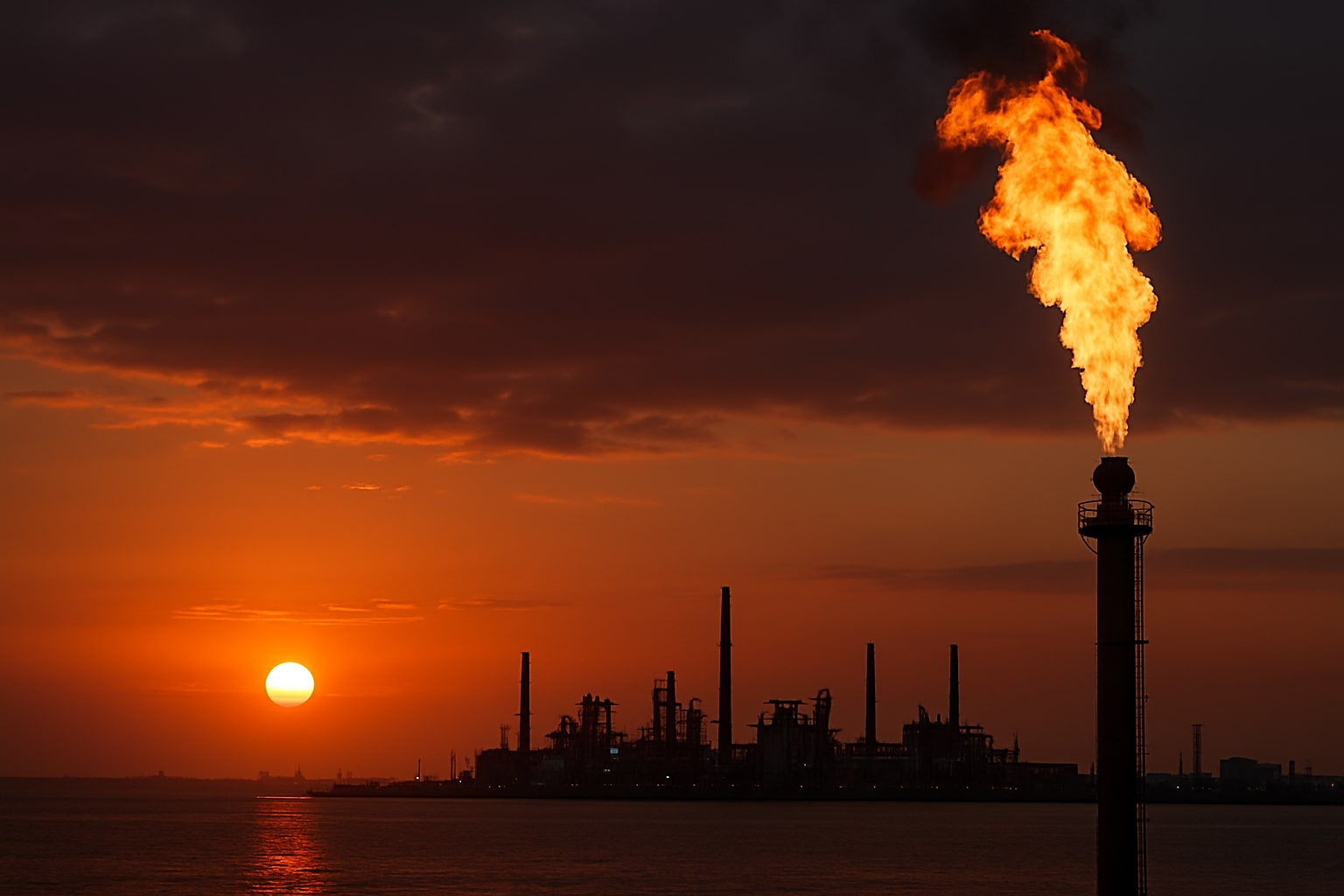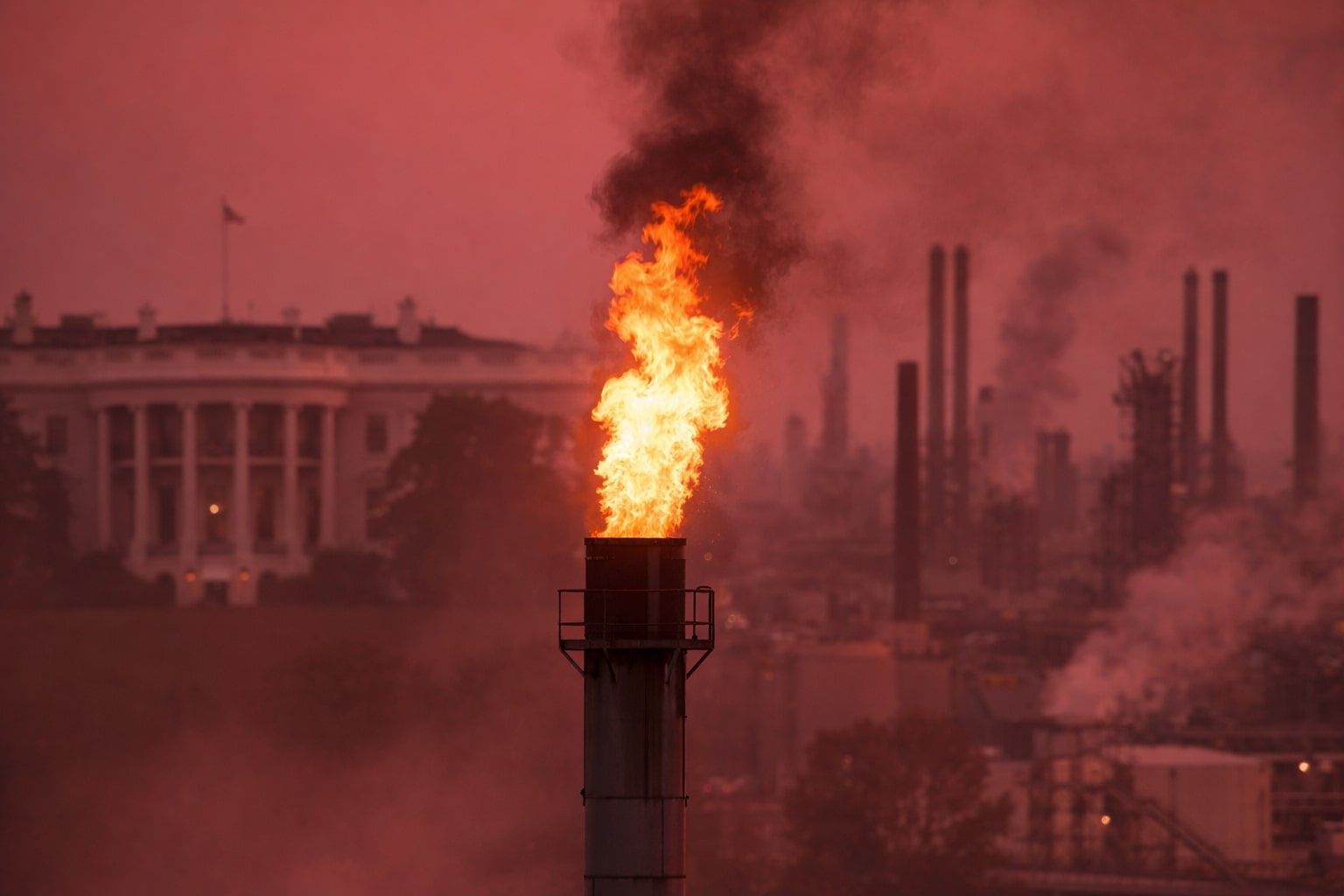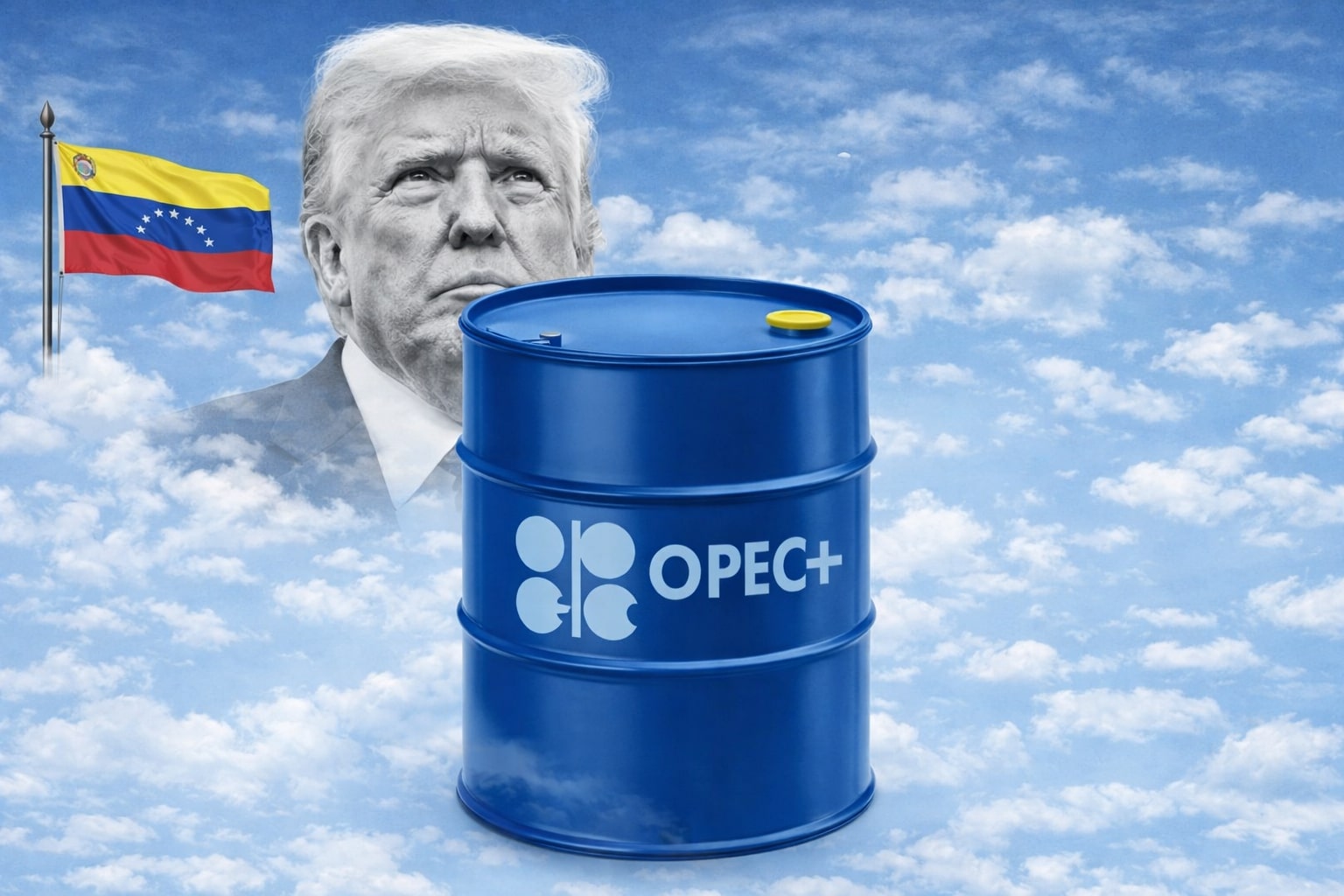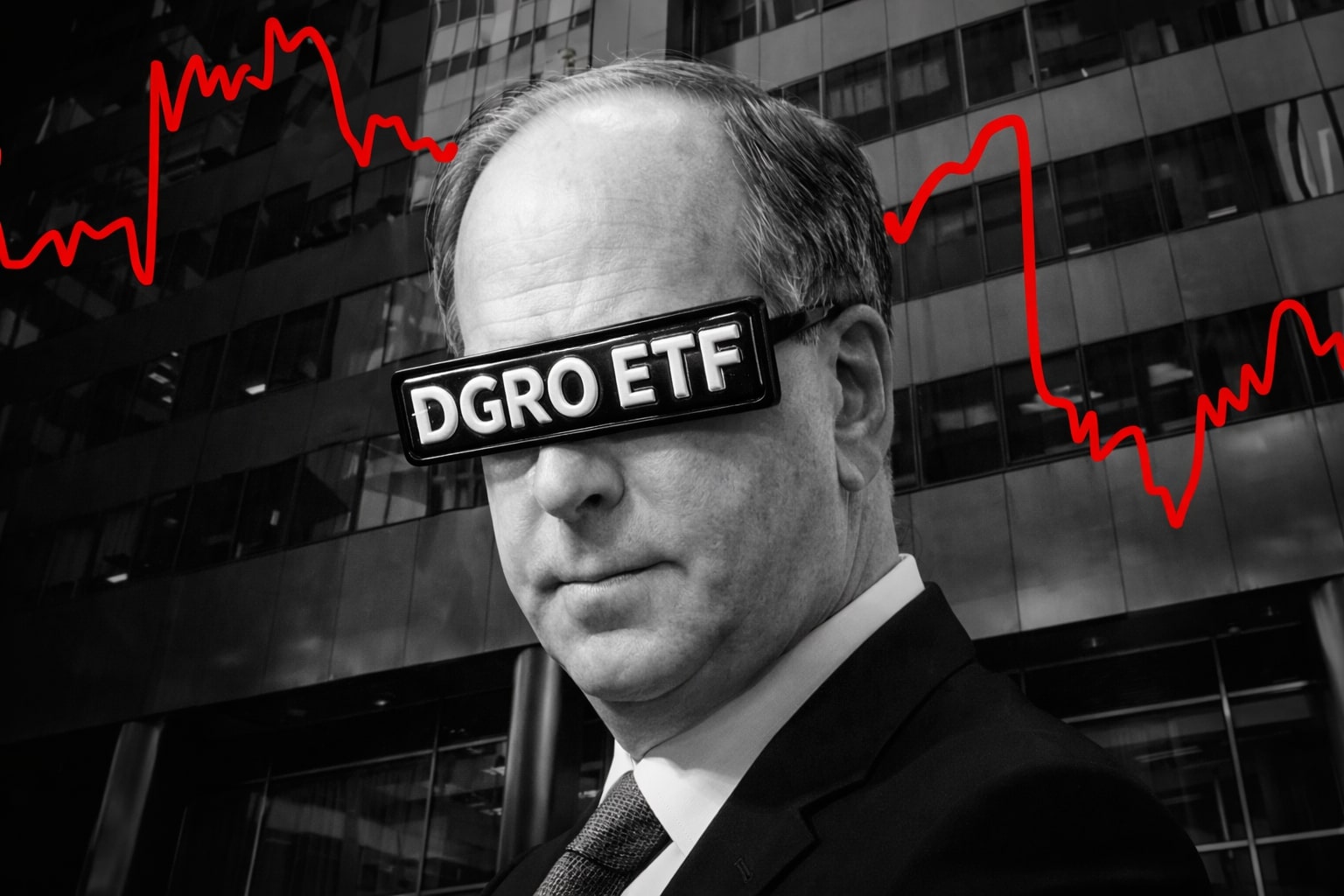
Natural Gas Price Forecast: NG=F at $2.94 Struggles Below $3.00 With Storage Surplus
Rising inventories, weak LNG exports, and soft demand weigh on Natural Gas futures as NG=F eyes $2.87 support and faces $3.20 resistance | That's TradingNEWS
Natural Gas (NG=F) Battles $3.00 Wall as Storage Builds Pressure Prices
Natural gas futures (NG=F) closed the week under intense pressure, struggling to hold the $2.90–$2.95/MMBtu band as supply builds offset fragile demand. The October contract settled at $2.941/MMBtu, a modest +0.24% daily uptick, yet the broader trend remained bearish after repeated failures to sustain above the $3.00 psychological barrier. This price action follows a U.S. EIA storage injection of 71 Bcf, well above the five-year average of 56 Bcf, lifting inventories to 3,343 Bcf, 188 Bcf above the seasonal norm. With just six weeks left in the injection season, the market faces the risk of ending close to 4.0 Tcf in storage, a level that historically weighs heavily on front-month contracts.
Technical Pressure: $2.90 Support Tested, $3.20 Resistance Firm
From a technical standpoint, natural gas has been trapped between resistance at $3.20–$3.23 and support at $2.87–$2.90. The 20-day moving average at $2.92 has been tested twice, reinforcing this as a pivot zone, while the 61.8% Fibonacci retracement at $2.84 remains the next key downside marker. Momentum signals are weak: the RSI at 44 shows room before oversold conditions, while the MACD remains flat, confirming a market lacking conviction. Weekly charts show a higher high and low but still a net decline, underscoring short-term resilience within a broader downtrend. A decisive break below $2.87 would trigger deeper losses, potentially targeting $2.65.
Supply and Demand Imbalance Remains Bearish
U.S. production held at 112.3 Bcf/d, just slightly below the prior week, while total demand slipped to 99.5 Bcf/d, down 0.4 Bcf/d. The power sector led the decline as milder September weather capped cooling demand. LNG exports dipped marginally to 16.0 Bcf/d from 16.1 Bcf/d, and pipeline flows to Mexico eased to 7.1 Bcf/d from 7.4 Bcf/d. These marginal changes underscore a market where supply continues to exceed demand. With European TTF benchmark prices around $9.60/MMBtu and Asia’s JKM at $11.35/MMBtu, international markets are providing limited upside pull despite geopolitical risks, as U.S. export terminals are already operating near capacity.
Storage Levels and Seasonal Risks
Storage dynamics are the core bearish driver. Inventories now sit 6% above the five-year average and only 1.1% below last year’s level, despite high summer burn rates earlier in 2025. To end injection season at 3.9 Tcf, weekly injections need to average 93 Bcf; to hit 4.0 Tcf, that number jumps to 109 Bcf. Given recent builds, the higher figure is increasingly plausible. End-of-season surpluses of this magnitude typically cap winter rallies unless unexpected cold snaps emerge.
Geopolitical and LNG Headlines Fail to Ignite Prices
Events abroad offered sparks but no sustained fire. Europe continues to push for reduced Russian gas reliance, with the U.S. pledging LNG support, yet export constraints at U.S. terminals prevent significant new flows. Japanese utility JERA’s 20-year contract with the $44B Alaska LNG project highlights long-term bullish LNG demand, but near-term infrastructure delays keep incremental supply years away. Similarly, Canada’s push to fast-track LNG Canada Phase 2 projects will matter later in the decade, not in Q4 2025. Geopolitical disruptions—such as Israel’s strikes in Qatar—briefly lifted sentiment, but the impact faded as U.S. storage data reasserted dominance.
Spot Market Weakness Across Hubs
Regional cash markets confirm the bearish tilt. At Henry Hub, benchmark spot gas added just $0.095 to $2.94, reflecting limited upside. The Waha Hub in West Texas remains severely discounted at -1.905, weighed down by Permian oversupply. Chicago Citygate barely managed a +$0.045 gain, while Algonquin Citygate fell -0.28 amid weak Northeast demand. With regional spreads remaining wide, bottlenecks and infrastructure constraints continue to exaggerate local dislocations, reinforcing the oversupply narrative in key producing basins.
Read More
-
DGRO ETF Price: Is DGRO at $69.17 Still the Better Dividend-Growth Bet?
17.12.2025 · TradingNEWS ArchiveStocks
-
XRP Price Stuck Below $2 As XRPI at $10.74 and XRPR at $15.26 Ride $1B+ ETF Inflows
17.12.2025 · TradingNEWS ArchiveCrypto
-
Natural Gas Price Forecast - NG=F Steady Near $4 as TTF Jumps on Colder Forecasts and LNG Outage Risk
17.12.2025 · TradingNEWS ArchiveCommodities
-
USD/JPY Price Forecast: USDJPY=X 155.50 Pivot Before BoJ Hike and US CPI
17.12.2025 · TradingNEWS ArchiveForex
Weather Outlook and Tropical Risks
Weather models provide the last hope for bulls. NOAA’s 8–14 day forecast shows below-average temperatures for much of the East, dampening cooling demand, while warmer-than-normal conditions could return in late September, reviving A/C usage. The tropics also remain a risk factor, with systems developing in the Atlantic potentially disrupting Gulf Coast infrastructure. Yet unless storms directly impact LNG terminals or pipelines, their influence is often short-lived.
Natural Gas Futures Curve Signals Weak Confidence
The forward curve highlights structural weakness. October contracts trade at $2.95, while December fetches $3.80 and January $4.10, reflecting a steep contango as traders price in seasonal winter strength. This spread incentivizes storage injections now, further adding to near-term bearish weight. With inventories already elevated, the curve suggests traders are hedging rather than betting on tightness.
Buy, Sell, or Hold Verdict on Natural Gas (NG=F)
At $2.94/MMBtu, natural gas sits at a crossroads. Elevated storage at 3.343 Tcf, sluggish demand, and production near record levels argue strongly for continued downside. The only bullish lifelines are weather volatility and geopolitical disruption, neither of which has shifted the core balance. With resistance firm at $3.20 and support fragile at $2.87, the risk-reward setup tilts bearish. Based on current fundamentals and technicals, Natural Gas (NG=F) earns a Sell rating, with likely tests of $2.84 and potentially $2.65 before any winter-driven recovery attempt.



















